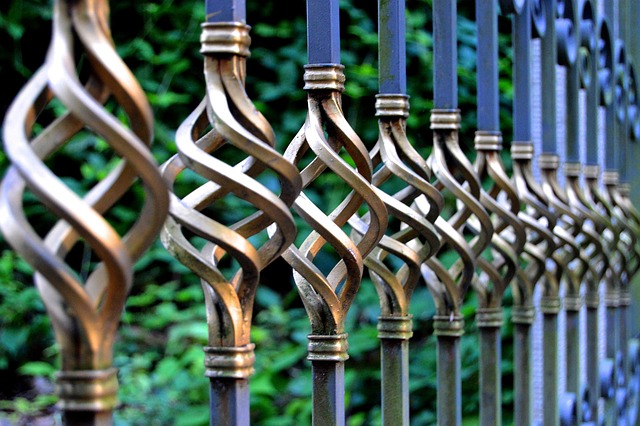Large properties present unique challenges when it comes to fencing, with an emphasis on cost-effectiveness without compromising durability. This article explores tailored solutions for extensive land areas, bridging the gap between traditional methods and innovative, budget-friendly options. We delve into sustainable materials that offer long-lasting protection, providing a guide to installation techniques that maximize savings. By considering these strategies, landowners can enhance their properties’ security and aesthetics while adhering to financial constraints.
- Understanding Fencing Needs for Large Properties
- Traditional vs. Cost-Effective Solutions
- Sustainable and Durable Materials
- Installation Tips for Longevity and Savings
Understanding Fencing Needs for Large Properties
Large properties come with unique fencing challenges. The size and diverse landscapes demand fences that can withstand varying terrain, from undulating fields to dense forests. Security is a key concern for such expansive areas, requiring robust barriers that deter intruders effectively. Additionally, aesthetic appeal is essential; the fence should complement the property’s natural beauty rather than overshadow it.
Functionality is paramount. Fences must be durable enough to resist weathering and potential damage from wildlife or mischievous passersby. Given the vast lengths often involved, cost-effectiveness is a driving factor. Property owners seek fencing solutions that offer both quality and value, ensuring long-term protection and visual appeal without breaking the bank.
Traditional vs. Cost-Effective Solutions
Many property owners have traditionally relied on conventional fencing methods, often involving extensive labor and materials. However, with evolving needs and budget constraints, there’s a growing demand for cost-effective fencing solutions that don’t compromise quality or security. Traditional fencing can be expensive due to factors like material costs, intricate designs requiring skilled labor, and lengthy installation processes.
Cost-effective solutions challenge these norms by prioritizing efficiency, affordability, and functionality. Modern materials such as vinyl, composite, or even certain types of metal offer durability at a lower cost compared to traditional wood or iron. Pre-assembled panels and do-it-yourself kits simplify installation, reducing labor expenses. These innovative approaches enable property owners to achieve the desired security and aesthetics without breaking the bank.
Sustainable and Durable Materials
When considering fencing options for large properties, opting for sustainable and durable materials is both environmentally responsible and cost-effective in the long run. Modern fencing technologies offer a range of eco-friendly solutions that can withstand the rigors of outdoor conditions. For instance, recycled plastic and composite materials are popular choices as they don’t rot or rust like traditional wood. These products often come from sustainable sources, reducing the environmental impact.
Additionally, many manufacturers incorporate natural, organic components into their fencing materials, ensuring both longevity and a harmonious blend with the surrounding landscape. This approach not only minimizes waste but also provides a more aesthetically pleasing finish for your property. Such durable materials require less frequent replacement, making them a cost-efficient option for large-scale projects.
Installation Tips for Longevity and Savings
When installing a fence on a large property, proper techniques and material choices can significantly impact longevity and save costs in the long run. One key tip is to ensure a solid foundation, especially in areas with varying terrain or weather conditions. This might involve preparing the ground, using suitable anchors or posts designed for stability, and leveling the fence line accurately. A well-installed fence will withstand the elements better and require fewer repairs over time.
Regular maintenance is another cost-saving strategy. Regularly inspect your fence for signs of damage, rot, or corrosion, addressing issues promptly. Cleaning the fence annually to remove debris can prevent dirt buildup that might compromise the material’s integrity. Additionally, keeping the area around the fence free from overgrown vegetation will help maintain the structure and reduce the risk of damage from plant roots.
